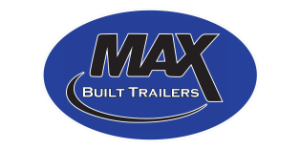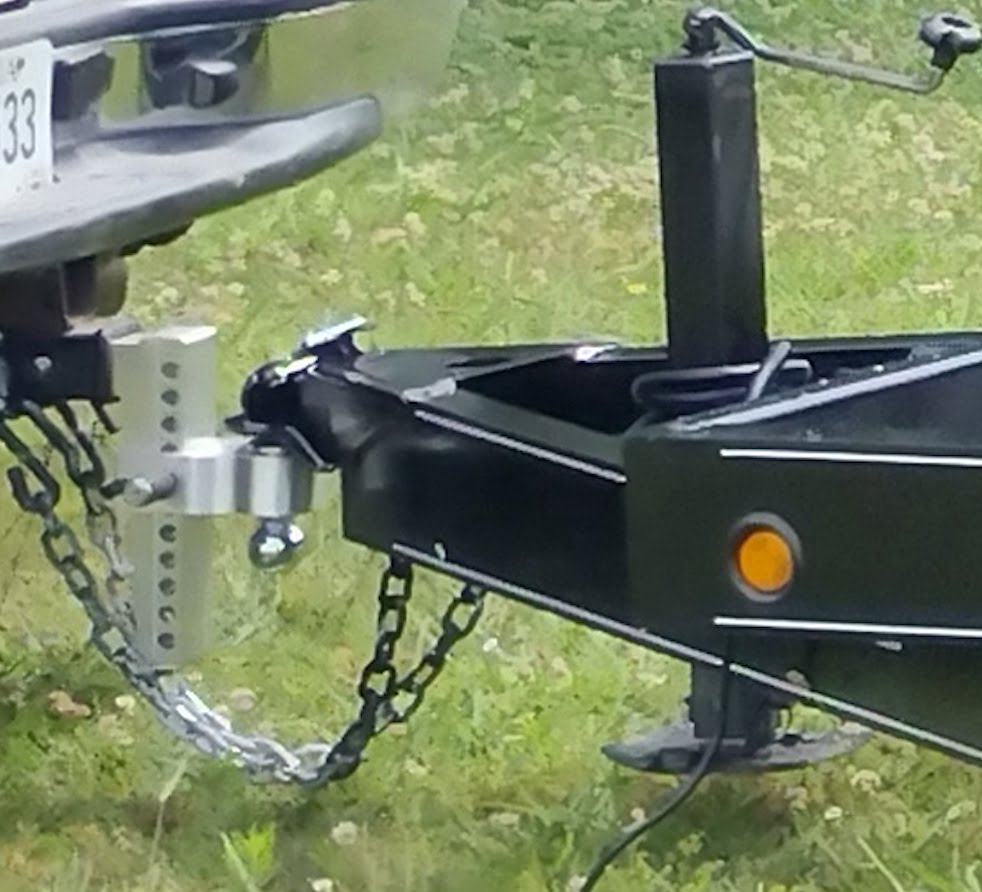Trailer hitch balls are integral for secure towing connections between your vehicle and trailer. This guide covers essential aspects of hitch balls, including installation, size considerations and key facts—ensuring a safe and effective towing experience.
Installation of Trailer Hitch Balls:
- Ensure compatibility with trailer coupler and towing vehicle specifications.
- Match gross trailer weight (GTW) and tongue weight (TW) ratings with the appropriate hitch ball.
- Select the correct shank diameter and length for your hitch.
Choosing the Right Hitch Ball:
Installing a trailer ball is a straightforward process, and it typically involves a few steps. Here’s a quick guide on how to install a trailer ball:
Tools and Materials Needed:
- Appropriate trailer ball
- Wrench or socket set
- Torque wrench
- Adjustable wrench
- Lock washer and nut (if not included with the trailer ball)
Installation Steps:
Choose the Right Size: Ensure you have the correct-sized trailer ball for your trailer’s coupler. Common sizes include 1-7/8 inches, 2 inches and 2-5/16 inches.
Locate the Mounting Platform: The mounting platform is the solid, flat area on the rear of your towing vehicle’s hitch.
Place the Trailer Ball on the Platform: Position the threaded shank of the trailer ball through the mounting hole on the hitch platform.
Add the Lock Washer: If your trailer ball kit includes a lock washer, place it on the threaded shank against the bottom of the hitch platform.
Thread on the Nut: Screw the nut onto the threaded shank, making sure it’s tight against the lock washer.
Use a Wrench or Socket Set: Hold the top of the trailer ball with one wrench or socket while tightening the nut with another. This prevents the ball from spinning.
Torque to Specifications: Use a torque wrench to tighten the nut to the specifications provided by the trailer ball manufacturer. The recommended torque is crucial for a secure connection.
Check for Stability: Once the nut is torqued to specifications, check the stability of the trailer ball. Ensure it’s securely attached and doesn’t wobble.
Verify Proper Installation: Confirm that the trailer ball is properly installed by ensuring it’s centered in the hitch platform hole, and there are no visible issues.
Apply Lubrication: If recommended by the manufacturer, consider applying lubrication to the moving parts of the trailer ball. This helps in smooth operation and reduces wear.
Attach the Trailer: After the installation, attach the trailer to the hitch by lowering the trailer coupler onto the ball. Secure the coupler according to the trailer’s instructions.
Always refer to the specific instructions provided by the trailer ball manufacturer and the towing vehicle’s owner’s manual for any unique installation steps or specifications. Following proper installation procedures is crucial for safe towing.
Trailer Hitch Ball Sizes:
Common Sizes:
- 1-7/8 inches: Suitable for smaller trailers and lighter loads.
- 2 inches: Versatile size for medium-sized trailers with moderate loads.
- 2-5/16 inches: Ideal for larger trailers and heavier loads.
Choosing the Right Size:
- Match the hitch ball size to the coupler size specified by the trailer manufacturer.
- Consider the trailer’s weight and towing requirements when selecting the appropriate size.
Weight Ratings and Capacity:
- Gross Trailer Weight (GTW): Total weight of the loaded trailer.
- Tongue Weight (TW): Downward force on the hitch ball by the trailer tongue.
- Ensure compatibility by choosing a hitch ball with weight ratings exceeding trailer GTW and TW.
Other Important Facts About Trailer Hitch Balls:
- Material and Construction: Opt for high-quality materials like chrome-plated steel for durability.
- Maintenance: Regularly inspect the hitch ball for wear, damage, and lubricate moving parts.
- Height Adjustment: Some hitch balls feature adjustable height for different trailer coupler heights.
Safety Tips:
- Use safety chains in addition to the hitch ball for added security.
- Follow towing vehicle and trailer manufacturer guidelines for proper hitch ball selection and installation.
- Perform routine checks before towing to ensure the hitch ball is in good condition.
Conclusion:
For accurate and detailed instructions, it’s recommended to refer to the specific guidelines provided by the manufacturer of your trailer ball. Always follow the manufacturer’s instructions and specifications to ensure a safe and secure installation tailored to the specific product you are using. Additionally, consulting the owner’s manual of your towing vehicle for any specific recommendations or requirements is recommended.
Legal Disclaimer: The information provided in this article is for general guidance purposes only. It is not intended as legal, safety, professional advice, or replacement for product manuals. Readers are advised to consult relevant authorities, manufacturers’ guidelines, and seek professional assistance for their specific circumstances and vehicles. The author and publisher disclaim any liability for actions taken based on the contents of this article.






